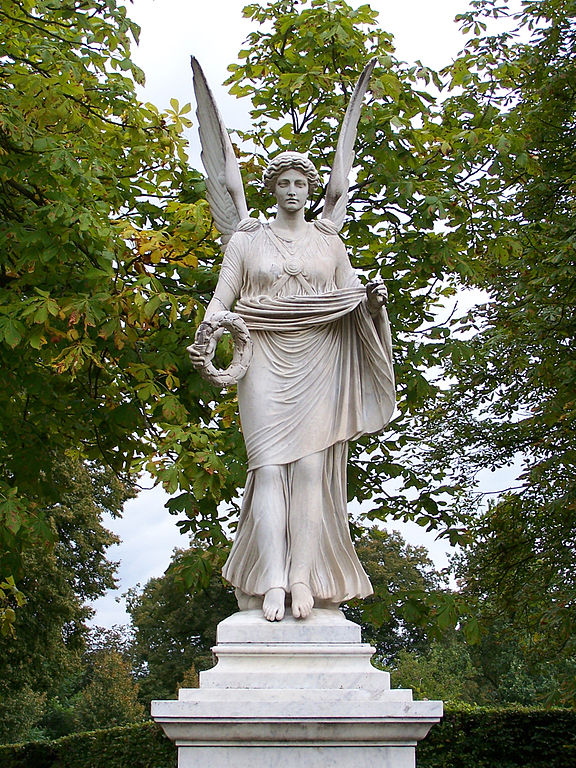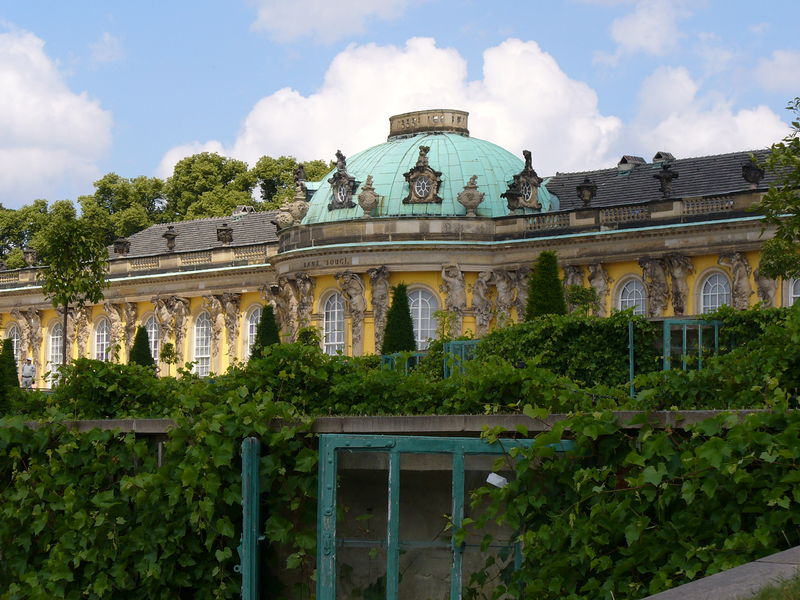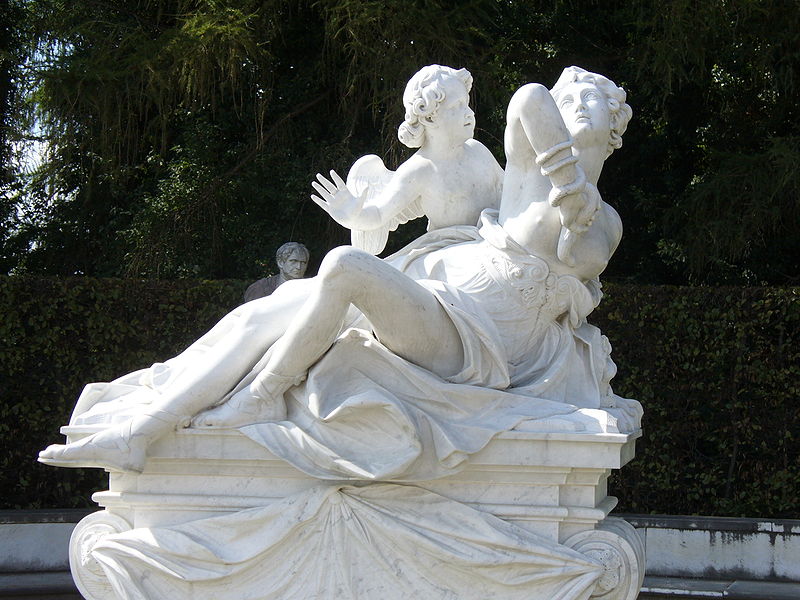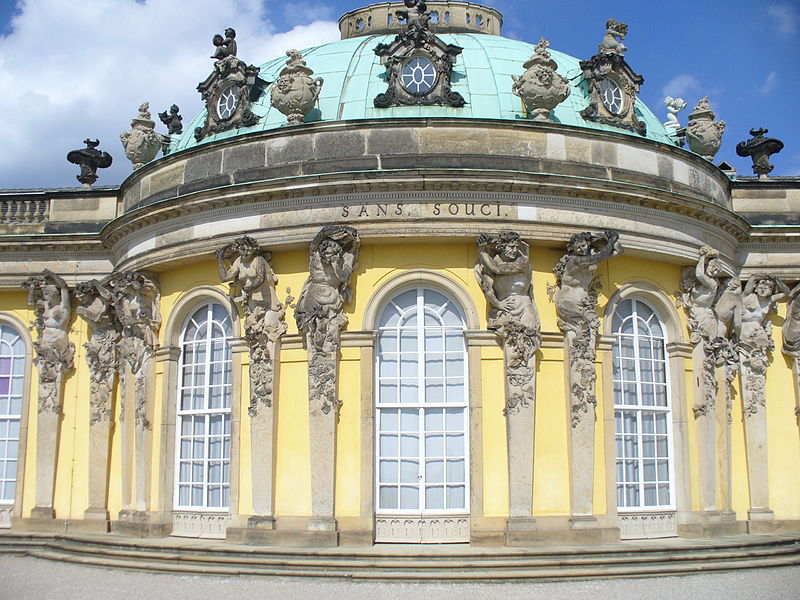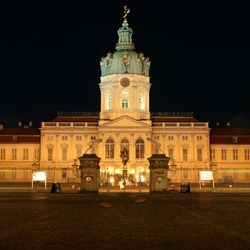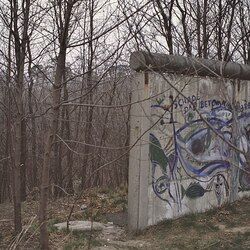Sanssouci
Sanssouci Park is located near Berlin, in the city of Potsdam. The park was a resting place for Frederick II, where in the summer he took a break from the hustle and bustle and engaged in activities close to his soul. Hence the name Sanssouci, which translates as "without worries." The park covers an area of 290 hectares.
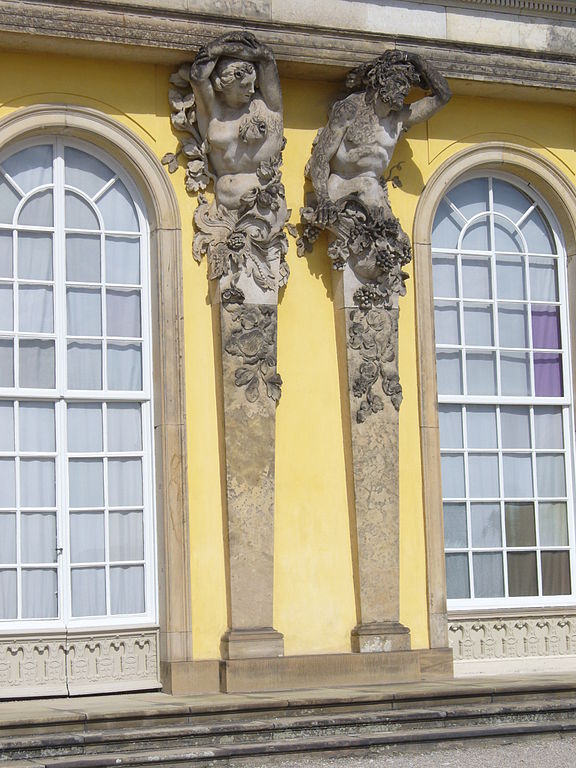
This excellent complex was built by such famous architects as Schinkel, as well as sculptors, including Glume, Benkert, designers, artists and other talented craftsmen.
Sanssouci Park was equipped in two stages. In 1745, the construction of a portal, an obelisk, a palace, and a gallery began. After the end of the war, which lasted 7 years, temples, a new palace, as well as a house with dragons and a belvedere were built.
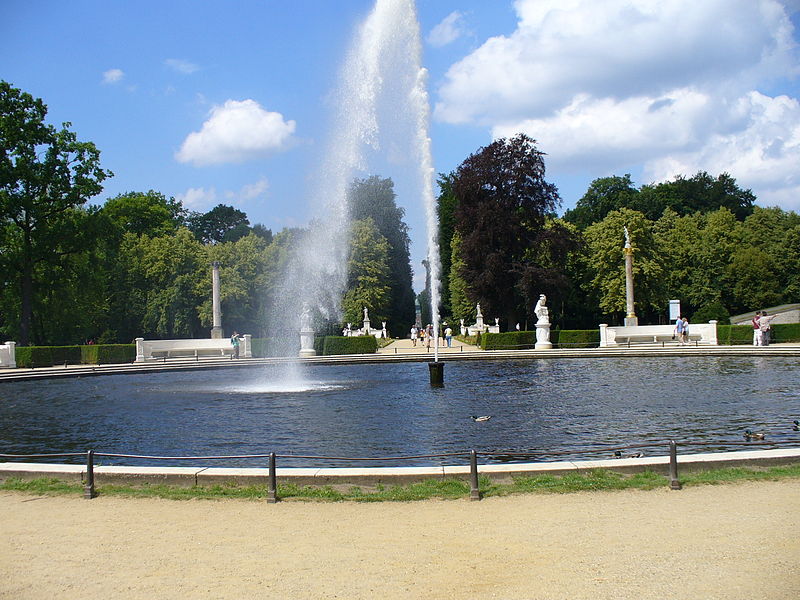
On the territory of Sanssouci Park there is a two-and-a-half-kilometer alley, on two sides of which there are park areas. There is a cherry orchard here, where a large number of unique trees are concentrated, seasoned here from all over the world.
the ntrom of the complex. There is an art gallery in the sides of the building, where valuable works by artists dating back to the Middle Ages are collected. On both sides of the palace, 88 colonnades have been built in semi-rings, which stand in two rows.
A distinctive feature of the Sanssouci Palace is the absence of a basement here, which was a whim of Frederick himself.
You can enter the palace by passing through the lobby, which provides access to five guest rooms, as well as a concert hall, an office, a bedroom, a library and a gallery. Next to the marble hall is the audience hall, the walls of which are decorated with paintings by famous artists dating back to the 18th century. The chancery hall is distinguished by wonderful wooden decorations in the Rococo style. The governor's office and bedroom have not been preserved to this day, but it is known that they were luxuriously decorated in the classical style. The local library had at least 2,100 volumes, and the collections were repeated in every palace of Frederick II.
At the foot of the hill is the grotto of Neptune, which is located on a marble slab. Among the vegetation of the park, you can find a Chinese house, which has a fabulous look, it demonstrates the fashion of that time for "Chinese". The end of the main alley on the west side is the New Palace, where the ruler's guests were accommodated. Various solemn events were often held in this building, after which the king's honorary guests could relax in the wonderful greenhouse. A little to the east of the palace, the Temple of Friendship and the Ancient Temple were erected. The Belvedere, which was a great place to view the entire area, was unfortunately very damaged during the Second World War.
The descendants of Frederick II were not particularly interested in Sans Souci, and only Frederick William IV began the construction of the Charlotenhof Palace here, which was erected in 1829. This palace was surrounded by a wonderful park, and Roman baths were located on the shore of the lake.
During the Second World War, the ensemble of palaces along with parks were damaged. In 1964, a major restoration began here, during which not only the buildings were renovated, but also trees were grown in the nursery, which were given a special shape.


